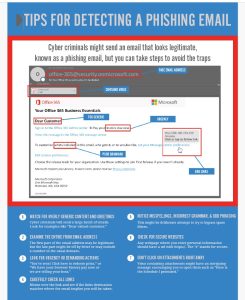
1) File as you go:
A quick and simple tip to start you on your route to organisation: File each document when you first create it. By placing it in the right location from the start, you don’t have to worry about where you saved it when you’re finished.
2) Russian Nesting Doll Style:
Make your life easier by creating folders within folders. A folder labelled for a customer can have inside it folders for “Projects”, “Correspondence” and “CustomerInfo”, therefore you will only have to open one folder to access all the files about one client. Moreover if you have a folder for invoices, that could contain folders named “2015”, “2014” etc. These simple changes will take you a long way in the world of organisation.
3) Be specific:
Be logical when naming your files, keep in mind that you’re naming your files to be able to tell what the file is about without having to open it. So name the file for what it is and include dates if possible: if the file is a report to a client about their late payment then name it something like “Overdue-04-01-2015” rather than “report”.
4) Separation is key
To prevent yourself from getting confused, separate your completed projects from ongoing ones. This way your eyes won’t be darting around the screen filtering through dozens of files and you will be able to find the important ones instantly. This leads to our next tip…
5) Out with the Old and In with the New-? No, just archive:
Old files occupy a lot of memory, so if you’re certain a file is useless then delete it. Otherwise create a folder called “archive” in your primary collection of folders and move the old files into it. That way you can keep possible old resources that could still be used for future projects without them getting in the way.
6) Three birds one stone:
Three tips accomplished with one solution: back-up, file management and storage. There are a plethora of software programs which were created to monitor, manage and recover files on your desktop and even better most of them are online, so you can store your files in the cloud which will come in handy if you are not in the office and want to work on some things.
7) Under one roof or root?
Life will be simpler if you place all of your documents under one “root” folder, usually in Windows the default location for documents is the ‘My Documents’ folder, but if you are using SharePoint it will be your company’s one drive location.
8) Triple A:
You could try to simplify things for yourself by putting your top priority files at the top of the file list by renaming them with an A at the beginning of the file name. Seems really silly but it could help you, although try not to overkill it by getting to a point where you’re naming a file ‘AAAAAAAAAAInvoices’.
9) Default. Standard. Approved:
Application program files are located under the Program Files directory, so use this default file location when installing application programs. Installing applications somewhere else is complicated and unnecessary.
10) Customisation:
If your main filing system is on virtual software then you might want to customise your virtual library. You can use pictures and colours to show what is inside specific folders and you can download folder icons from the internet.
One thought on “Ten Top Tips for File Management”
Leave a Reply
You must be logged in to post a comment.













The 8)Triple A tip is a great idea, but be warned that file encryption malware often targets files in alphabetical order, so make sure you also have a good back up!